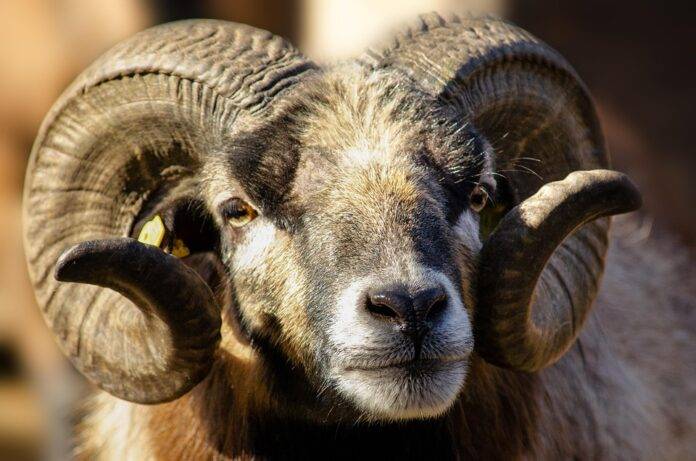Global Sheep Meat Production Systems and Top Producing Regions
Sheep meat production is an important sector in the global livestock industry, providing a significant source of protein for millions of people around the world. In this report, we will delve into the various production systems used in sheep meat production and explore the top producing regions.
Sheep Meat Production Systems
Sheep meat production systems can vary widely depending on factors such as climate, geography, and cultural practices. Some of the common production systems include extensive grazing, intensive feeding, and mixed farming systems.
Extensive grazing systems involve allowing sheep to graze on natural pasturelands, with minimal supplementation of feed. This system is commonly used in regions with abundant grasslands, such as Australia and New Zealand.
Intensive feeding systems, on the other hand, involve confining sheep in feedlots and providing them with a carefully balanced diet. This system is often used in regions where land is scarce, and there is a need to maximize production efficiency.
Mixed farming systems combine sheep production with other agricultural activities, such as cropping or dairy farming. This integrated approach can help diversify farm income and improve overall sustainability.
Top Producing Regions
1. Australia: Australia is one of the largest producers of sheep meat in the world, with a strong focus on extensive grazing systems. The country’s vast grasslands provide ideal conditions for sheep farming, and Australian lamb is highly sought after in international markets.
2. New Zealand: Like Australia, New Zealand is known for its high-quality lamb production, with a strong emphasis on extensive grazing systems. The country’s temperate climate and fertile land make it an ideal location for sheep farming.
3. China: China has emerged as a major player in the global sheep meat industry in recent years, with a growing demand for lamb meat among its population. The country has a mix of extensive grazing and intensive feeding systems, with a focus on increasing production efficiency.
4. United Kingdom: The UK has a long history of sheep farming, with a diverse range of production systems used across the country. The high-quality lamb produced in the UK is exported to markets around the world, making it a key player in the global sheep meat industry.
5. Spain: Spain is another important producer of sheep meat, with a strong tradition of extensive grazing systems. The country’s Mediterranean climate and diverse landscapes provide ideal conditions for sheep farming, and Spanish lamb is highly regarded for its flavor and quality.
In conclusion, sheep meat production plays a vital role in the global livestock industry, with various production systems and top producing regions contributing to the overall supply of this nutritious protein source. By understanding the different production systems and regional dynamics, stakeholders in the sheep meat industry can make informed decisions to drive growth and sustainability in this sector.




